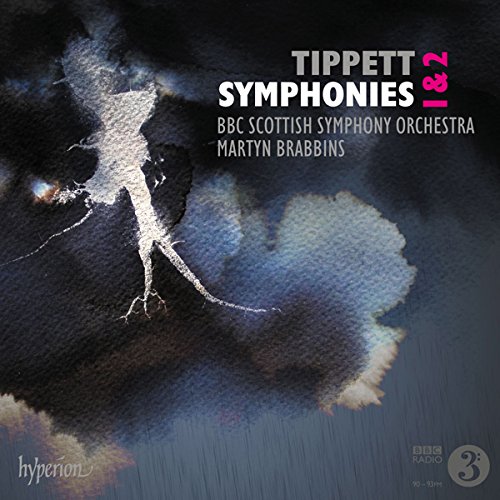TIPPETT Symphonies Nos 1 & 2
View record and artist detailsRecord and Artist Details
Composer or Director: Michael Tippett
Genre:
Orchestral
Label: Hyperion
Magazine Review Date: 01/2018
Media Format: CD or Download
Media Runtime: 74
Mastering:
DDD
Catalogue Number: CDA68203

Tracks:
| Composition | Artist Credit |
|---|---|
| Symphony No. 1 |
Michael Tippett, Composer
BBC Scottish Symphony Orchestra Martyn Brabbins, Conductor Michael Tippett, Composer |
| Symphony No. 2 |
Michael Tippett, Composer
BBC Scottish Symphony Orchestra Martyn Brabbins, Conductor Michael Tippett, Composer |
Author: Arnold Whittall
More than a decade later, Tippett’s Second Symphony (1956 57) also deals with complex emotional states but his music has evolved to project a more sharply focused balance between harmony and polyphony, dramatising the contrast between obsessive rootedness at one extreme and freely floating arcs of melody at the other. By showing how the central movements complement and balance the outer ones, Brabbins gives the music maximum cogency. In particular, he shapes the tricky finale so persuasively that its climactic surges of melody and the vibrant cadences in which they find a degree of repose have an affirmative yet ambivalent inevitability that must surely be exactly what Tippett was aiming at. This is remarkable music-making, and recorded with all the appropriate richness of colour and clarity of textural detail.
Explore the world’s largest classical music catalogue on Apple Music Classical.
Included with an Apple Music subscription. Download now.

Gramophone Digital Club
- Digital Edition
- Digital Archive
- Reviews Database
- Full website access
From £8.75 / month
Subscribe
Gramophone Full Club
- Print Edition
- Digital Edition
- Digital Archive
- Reviews Database
- Full website access
From £11.00 / month
Subscribe
If you are a library, university or other organisation that would be interested in an institutional subscription to Gramophone please click here for further information.




